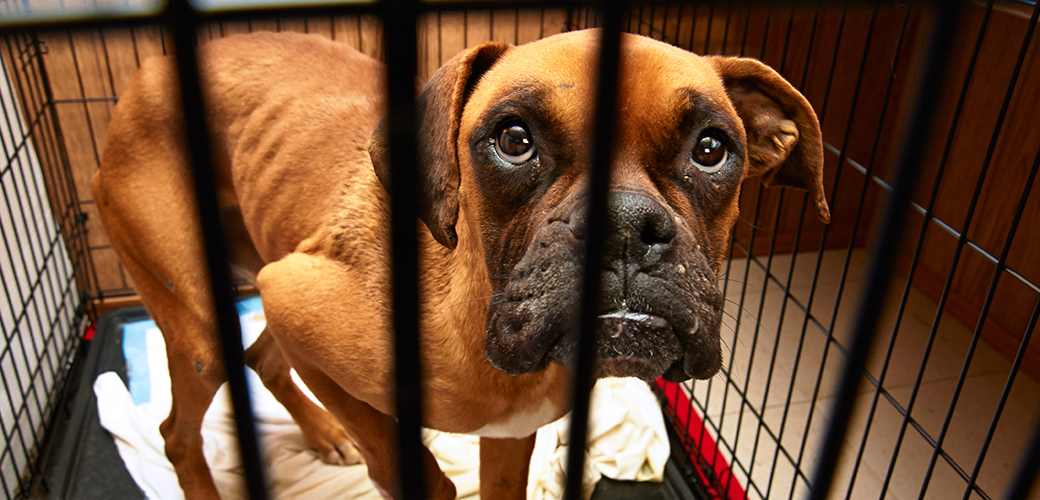Animal cruelty is an alarming issue that persists in urban environments like New York City. With bustling streets and the anonymity that comes from living in a densely populated area, the prevalence of animal neglect and abuse can often go unnoticed. However, understanding how to identify and report such heinous acts is imperative for those who are passionate about animal welfare. This article aims to elucidate the complexities of animal cruelty reports in NYC while instigating a deeper curiosity about the responsibilities we share as guardians of the voiceless.
To grasp the gravity of this problem, one must first recognize the myriad forms that animal cruelty can take. From physical abuse, neglect, and abandonment to dog fighting and hoarding, each manifestation represents a profound violation of an animal’s welfare. In a city renowned for its cultural vibrance, it is disheartening to acknowledge that countless animals suffer in silence, often at the hands of those who are supposed to care for them.
Being proactive is critical. If you suspect that an animal is being mistreated, the first step is to gather pertinent information. Observations should be meticulous and detailed. Is the animal in distress? Are they exhibiting signs of malnutrition, injury, or psychological trauma? Documenting these observations can provide crucial evidence necessary for a successful reporting process. An account that includes the location, time of incident, and a description of the pet and owner can drastically enhance the efficacy of your report.
In New York City, the reporting mechanism for animal cruelty is straightforward yet underutilized. The ASPCA, the Animal Care Centers of NYC (ACC), and the NYPD are primary organizations responsible for overseeing animal welfare. Understanding how to contact these entities is fundamental to combatting animal cruelty effectively.
The ASPCA operates a 24-hour hotline dedicated to reports of animal cruelty. If you believe an animal is at immediate risk, calling this hotline should be your first course of action. When calling, remain calm and articulate; provide as much detail as possible. However, if it isn’t an emergency but still warrants attention, utilizing online reporting forms can be just as effective. The organization also conducts investigations into cases that require more in-depth scrutiny.
Another option is to contact the Animal Care Centers of NYC. They manage animal control and can intervene in cases of neglect or abuse. ACC accepts reports of animal cruelty, providing another channel to access help. Their staff is trained to handle such sensitive matters, ensuring a thorough evaluation of each reported case.
Furthermore, one must not overlook the role of law enforcement. In New York, the NYPD has a dedicated unit for animal crimes. By collaborating with local law enforcement, reports can gain additional traction. This may involve filing a complaint or even pursuing legal action against offenders. It is critical to understand that animal cruelty in New York is not just a moral failing but a punishable offense under the state’s agriculture and markets law.
The legal penalties for animal cruelty can vary widely, ranging from fines to imprisonment. Such punitive measures are designed to dissuade future offenses while affirming society’s commitment to animal welfare. However, penalties alone can often be insufficient without community involvement and an unwavering dedication to reporting suspicious acts.
Moreover, societal attitudes toward animal welfare are gradually evolving. The increasing visibility of animal rights campaigns, education on the complexities of animal abuse, and advocacy for stronger laws reflect a shift in cultural consciousness. Engaging in discussions about animal representation and ethical treatment of animals can empower communities to take action. However, awareness must be accompanied by responsibility; it is not enough to merely acknowledge the issue; individuals must also step forward as advocates.
In addition to reporting animal cruelty, contributing as an active community member is essential. This may entail volunteering at local shelters, participating in educational programs, or even organizing neighborhood watch groups dedicated to monitoring animal welfare. Collective action amplifies individual efforts, creating a formidable force against this societal ailment.
Consequently, there exists an intricate relationship between urban living and animal welfare. In cities like New York, challenges, such as poverty and limited access to resources, can exacerbate situations of animal neglect. Communities must recognize that solutions involve not only enforcement but also compassion and support for pet owners who may be struggling. Providing resources—like food banks for pet owners or access to low-cost veterinary services—can help alleviate some of the pressures that lead to neglect.
In summation, understanding the ins and outs of reporting animal cruelty in New York City is crucial for anyone who claims to advocate for animal welfare. It is essential to remain vigilant, document observed cruelty, and familiarize oneself with reporting channels such as the ASPCA, ACC, and NYPD. Beyond reporting, community engagement and education are paramount in fostering an environment in which animal welfare is prioritized. The plight of countless animals in NYC calls for immediate action, and knowledge is the most potent tool at our disposal. Shift your perspective, ignite your curiosity, and take action—every voice matters in the fight against cruelty.






